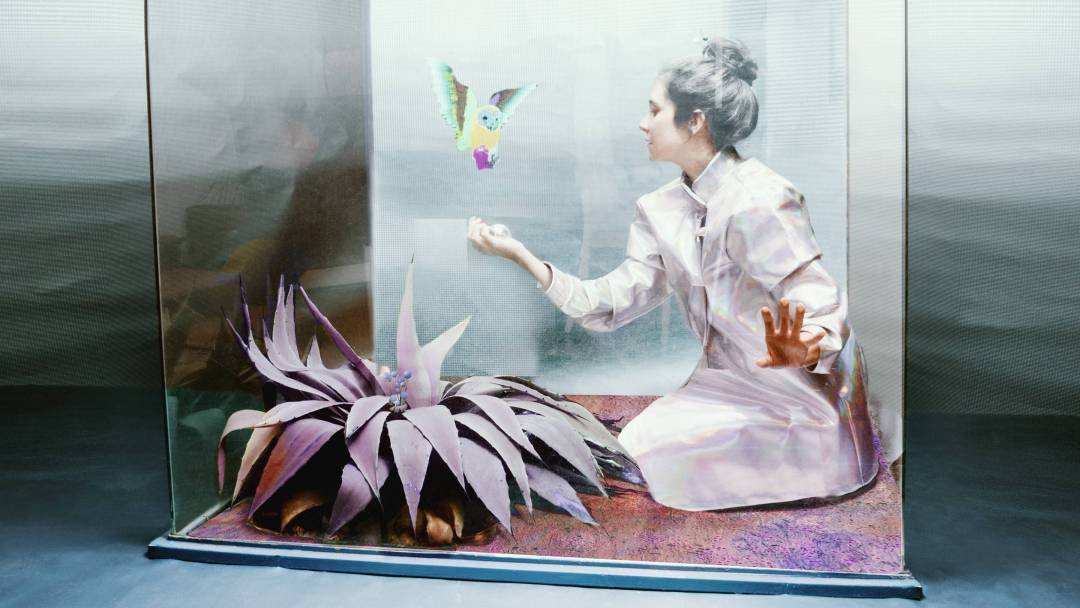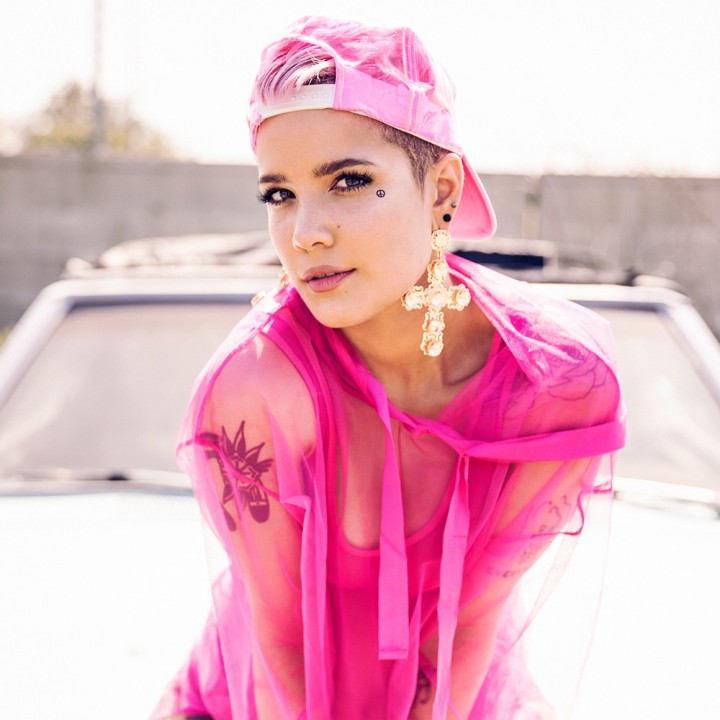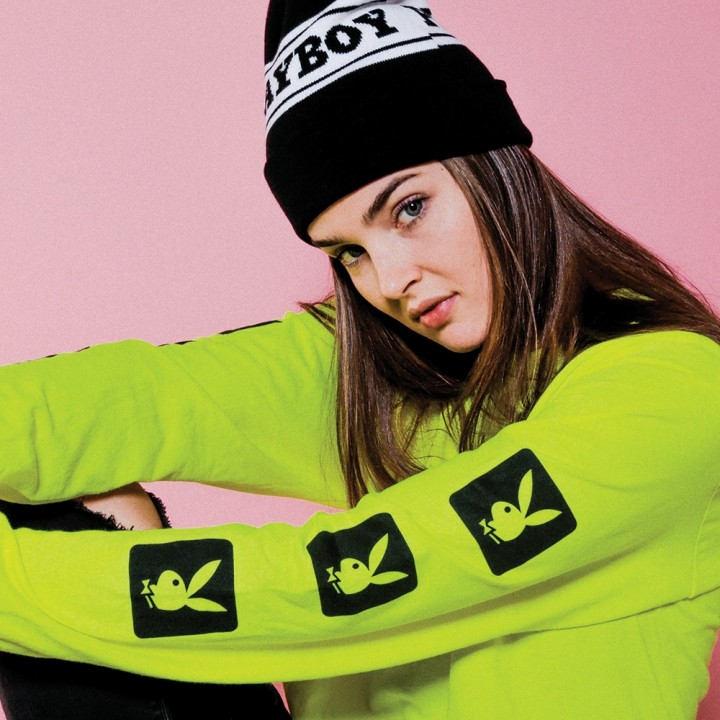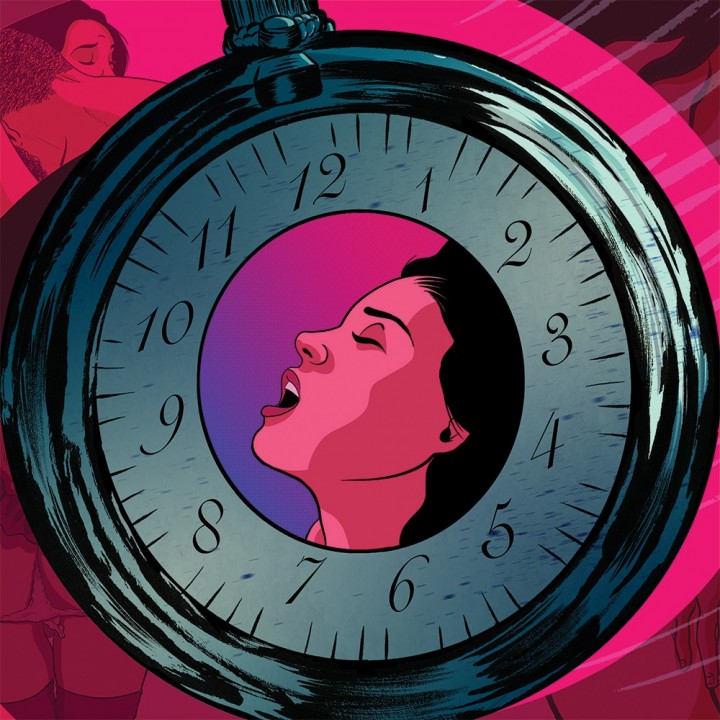
Man In His Domain: Ed Freeman
His attention to light, movement and form encapsulates our current curiosity about everything fluid
The photographer paces nervously around the shallow end of a 10-foot-deep capsule-shape pool. “I can’t swim,” he admits with a raspy laugh that carries across the backyard of a non-descript (if tastefully remodeled) midcentury ranch house in the Los Angeles suburb of Pasadena. The revelation is shocking given that he’s here to shoot a series of underwater nudes, one of which can be seen on the cover of this magazine. Right away, not all is as it seems.
“Even though I’m still the boss, I sort of work for him,” Freeman says jokingly of Palmieri. “All I do is make art.”
Palmieri has indeed played a crucial role in turning Freeman’s underwater practice “into a science,” which today starts with positioning C-stands around the pool to capture every beam of California light. “This is our big secret,” jokes Palmieri, barefoot, as he wraps the grip stands in foam padding. An assistant moves on to sinking polyester sheets into the pool for test shots while Freeman surveys the sparkling water with trepidation.
“We’ve tried 50 different ways of diffusing light, including a giant flag,” Freeman says. “It’s a square frame with a diffuser in it, but you really don’t want a heavy 12-foot device hanging over models.”
The pool area’s blue accent tiles also provide a tricky reflection, but Freeman knows to cover them with dresser-drawer liners. “It’s all very low-tech,” he says. His equipment, not so much. Freeman shoots with a Nikon D850 (about $3,000) nestled inside an AquaTech water housing (another $1,600). With this apparatus and a 20-pound vest to offset his body’s natural buoyancy, he submerges to snap as many as 18 models in underwater balletic poses. This explains the need for a shallow backyard pool versus an Olympic-size one. “Sometimes I can’t get up,” he says, “and I’ve had to have my models rescue me.”
Most of the time, it’s Palmieri who yanks him to the surface. Freeman moved his operation to this suburban locale in the summer of 2009. A longtime friend, a former California Institute of Technology professor who resigned because it wasn’t intellectually stimulating enough, gave Freeman carte blanche to use the petite piscine. Although he lives 20 minutes away, in Chinatown, the Pasadena ranch has effectively served as his studio ever since. “I’m just really used to this,” he says. “I have this real sense that some power beyond my grasp is running these things. I never intended for any of this to happen.”
Freeman has spent roughly the past 12 years adding lyrical gravitas to the mythos of the southern California pool, which itself has been a recurring trope in postmodern art since David Hockney and Slim Aarons pushed it into the zeitgeist in the latter half of the 20th century. But producing otherworldly art in a modest backyard, featuring dancers—mostly female—whose poses could have been plucked from a Tintoretto or Rubens masterpiece, is the last thing anyone would have expected from the younger son of two Massachusetts Institute of Technology professors. His father taught statistical analysis and probability theory; his mother taught Russian and designed MIT’s first language lab. “Everyone in the family went to either Harvard or MIT, except me,” says Freeman, noting that his older brother is now one of the world’s preeminent rare book dealers and scholars. “I was the black sheep.”
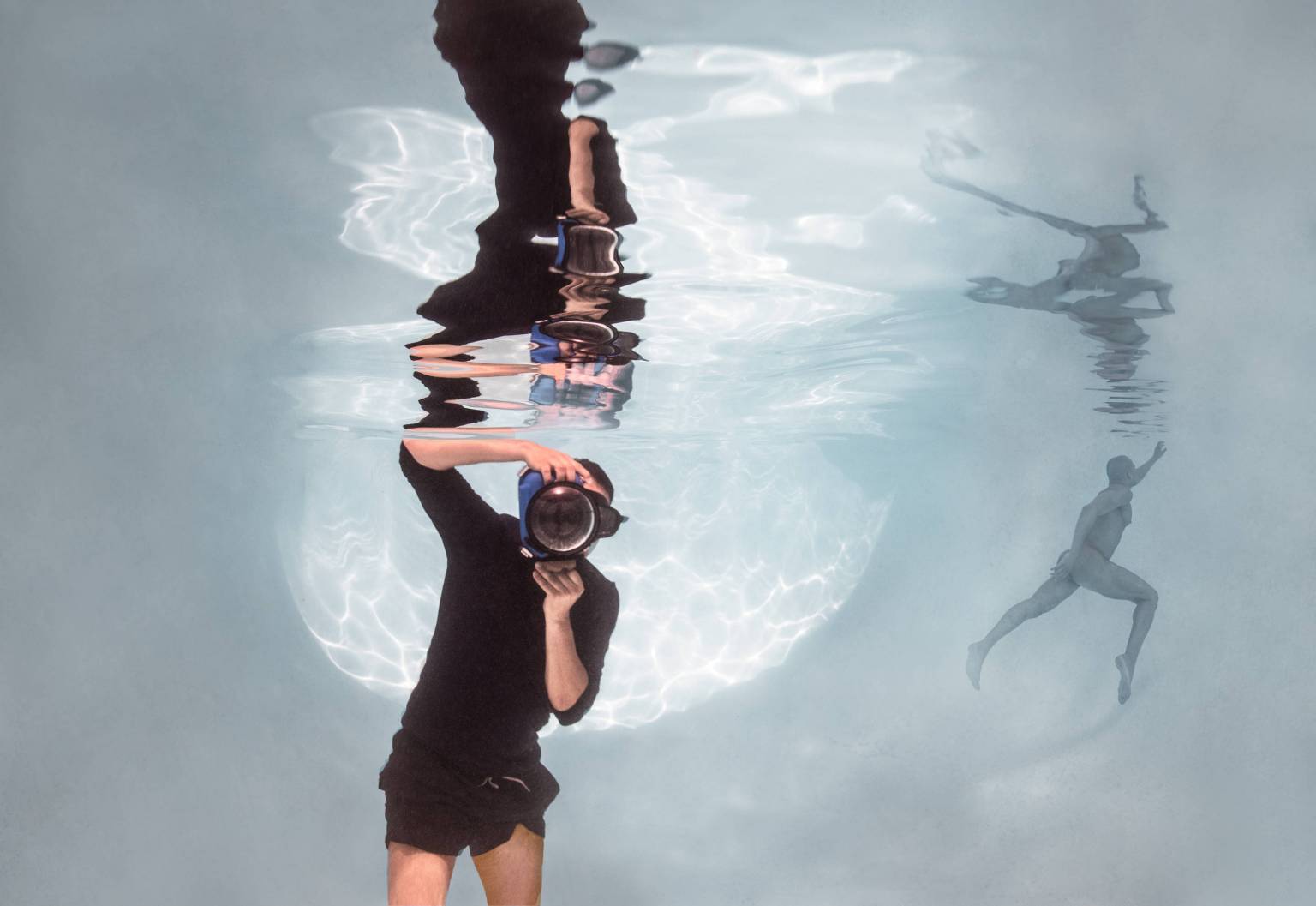
What came next was a “Jack Kerouac kind of trip—all this crazy shit happened.” At the tail end of this drug-and-booze-fueled odyssey, a friend sent Freeman back to Massachusetts to sober up and reestablish himself. He began teaching folk guitar and eventually became a roadie for the Remains, who opened for the Beatles on their last U.S. tour. This in turn led to a stint as folksinger Phil Ochs’s road manager.
“I got the job because people thought, Oh, he knows what he’s doing. I didn’t,” Freeman says. He then began writing song lyrics. On the basis of one tune, his new band, the Joyful Noise, signed with Capitol Records and was flown to Los Angeles to live in a house (with naked groupies waiting poolside) at the top of Laurel Canyon, the enclave that was once home to Jim Morrison. “We recorded two songs and broke up,” recalls Freeman. “I was broke, and the producer mentioned he needed an arranger. I barely knew how to read and write music, but he handed me a tape and said, ‘I need a string quartet and two Bach trumpets tomorrow.’ ”
I want to express freedom within this notion of gender identity in the culture.
He traded the house for a downtown loft and started taking head shots for pocket change. He honed his artistic sense by shooting conceptual nudes abstracted by bent plastic mirrors. He exhibited the semi-surrealist images in a neighborhood café, and he hasn’t stopped since. Along with years of shooting in his studio—including many images of digitally enhanced angels, cowboys and lovers, some of which are featured in his 2000 monograph Work—Freeman took a number of road trips with groups of models to the Salton Sea. There, Freeman remembers “moving farther and farther away until I was so far you couldn’t even see the model. So I thought, Fuck it, I’ll just shoot landscapes.”

“When the universe speaks that loudly, you’d be a fool not to pay attention,” he says. The pool was blanketed in filth blown in from the nearby train tracks, but Freeman nonetheless bought a waterproof camera bag for $35 and dove in. Those early underwater images inspired the dancer’s friends, some of whom were also dancers, to pose for Freeman too. “It kept growing to the point where two dozen models were just hanging out. And that’s really how this all started,” he says.
The day after we meet, Freeman makes his way back to the pool, outfitted in his makeshift technical gear. His goal over the next eight hours is to prove that the subversion of the male gaze (with help from a submarine lens and some post-production digital manipulation) is a fitting conceit in 2019’s woke-as-fuck environment.
I think there’s an advantage to my being gay in that I don’t want my female nudes to be sex objects.
Thirty minutes later, Palmieri nods to one of the male models. He disrobes and stands beside the water, calmly baring his phallus and waiting for his turn to dive in. Although Freeman has convinced the men to be part of this PLAYBOY cover shoot, he offers them no guarantee they’ll make the final cut. “But,” he tells me, “if I have anything to say about it, they will.”
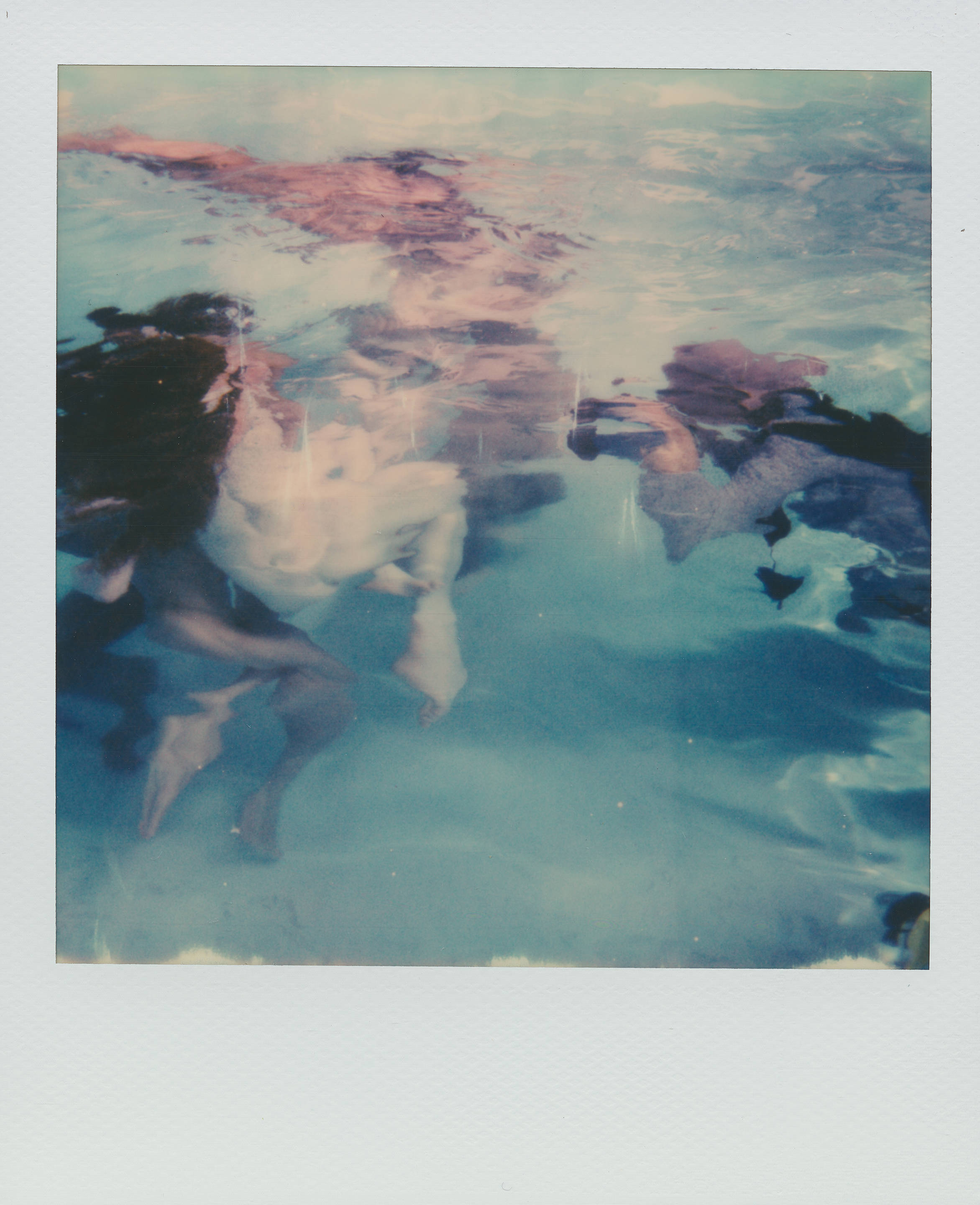

“A lot of people tell me, ‘This reminds me of Renaissance paintings,’ ” he says. “That’s probably because those paintings were of gorgeous bodies. They weren’t sexually interacting; it was just about the beauty of the human form—and that’s really what I’m about.”
RELATED CONTENT
Ed Freeman's photography graces the cover of PLAYBOY's Summer 2019 quarterly, "On Gender and Sexuality." The issue hits newsstands on June 18, 2019.

From the Editors: Introducing the Gender and Sexuality Issue
Our Summer 2019 quarterly celebrates the power of diverse identities
